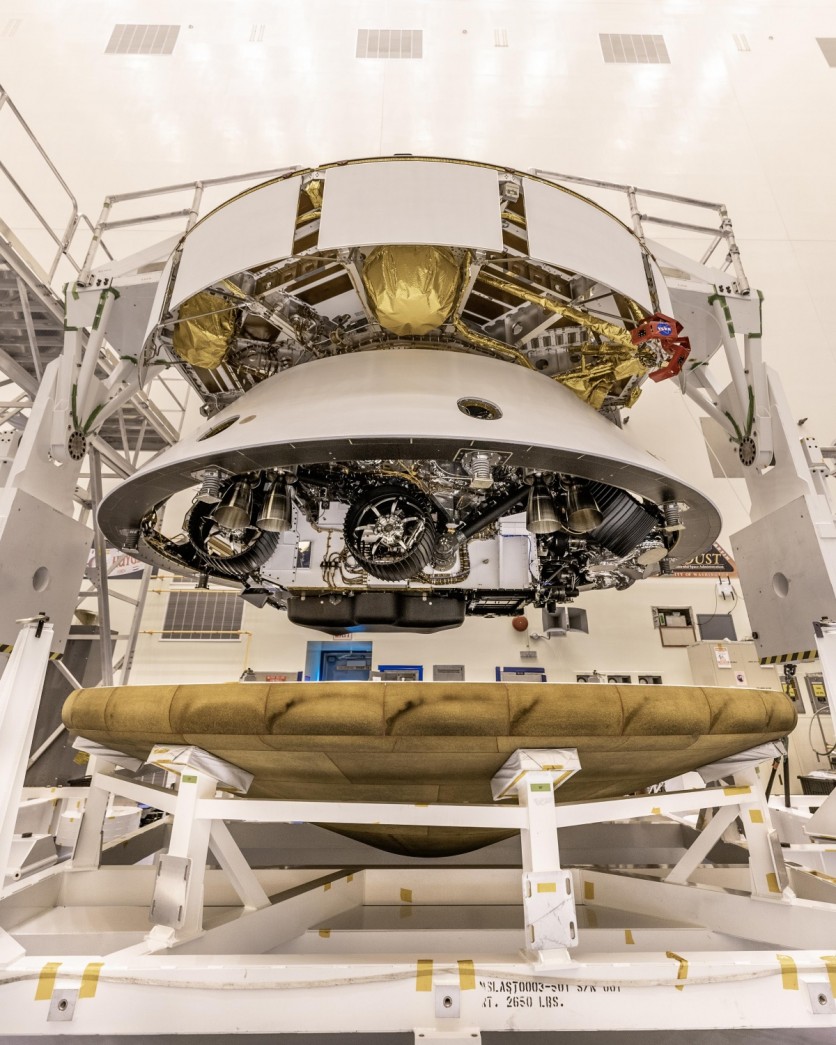The National Aeronautics and Space Administration (NASA) has decided to delay the flight of its Mars rover until July 30 from Cape Canaveral, Florida.
From the previously scheduled launch on July 22, the launch of Perseverance will be delayed by a week because of an issue with the spacecraft that will send the rover to Mars. The new schedule is now close to the end of its limited launch window between July 17 and August 11, according to The Verge.

This limited time frame is when the Red Planet is nearest to the Earth as it orbits around the Sun. This comes only every two years, so NASA and other space agencies should take advantage of it. Otherwise, the agency has to wait until 2022 to try again.
NASA has already rescheduled the launch several times, first on July 20, then on July 22 because of problems with the ground equipment that supports the rover.
Meanwhile, NASA announced in a blog post on Wednesday, June 30, that the launch window is extended by until August 15. However, flight teams are still checking whether it can be further extended. Despite this, the extension still doesn't give a lot of time to launch the rover.
NASA blames Atlas V rocket for Perseverance's launch delays
According to NASA, the delay is due to the rocket that will take Perseverance to space. This is an Atlas V rocket, manufactured and operated by the United Launch Alliance (ULA).

During a dress rehearsal on June 22, the company filled it up with propellant and ran through all the processes in practice for the actual launch. However, a line of sensors that monitors the levels of liquid oxygen propellant in the vehicle returned with issues with the data. Thus, the ULA team required time to figure out what went wrong and to fix the issue.
NASA engineers at NASA's Jet Propulsion Laboratory (JPL) have been through more complex processes of preparing Perseverance for the launch due to the coronavirus pandemic.
Most of JPL employees had to work from home since March 12, although the mission team had to continue working on the spacecraft while practicing safety measures like social distancing, using disinfection measures, and remotely interacting with other employees. These circumstances have put a lot of pressure on NASA's staff as the launch window comes close this summer.
"Rather than your first priority being mission success and on getting to the launch pad, your first priority immediately gets displaced, and it's now the safety of the people," Perseverance's Deputy Project Manager Matt Wallace said in a YouTube video.
Wallace also said putting things together took a lot of work "to keep going, keep working safely, keep healthy, and keep the project on schedule."
Meanwhile, Perseverance will look for signs of life on Mars when the rover is launched. It is also equipped with tools, so it can drill into the Red Planet's soil to leave samples on its surface, which NASA hopes to pick up in future missions.
Called as a Mars sample return mission, scientists will study these samples when they are brought back to Earth in the hope to better understand the planet's characteristics and if life did exist in Mars in the past.
ⓒ 2025 TECHTIMES.com All rights reserved. Do not reproduce without permission.




